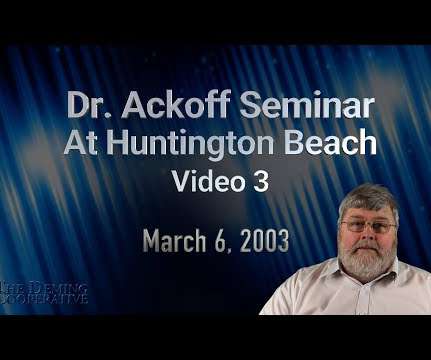How Should Change Leadership and Common Good Intersect?
Thin Difference
MAY 21, 2019
Rogers (2003) described diffusion as a social change, altering structures and embracing new ideas. Lowney (2003) discusses heroism as an important leadership trait, mixing a balance of dreamer and pragmatist. Rogers (2003) points out the essential nature of credibility in being a change agent, embracing knowledge and safety.
































Let's personalize your content